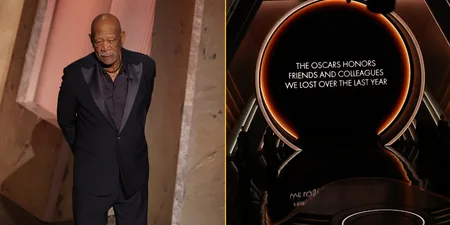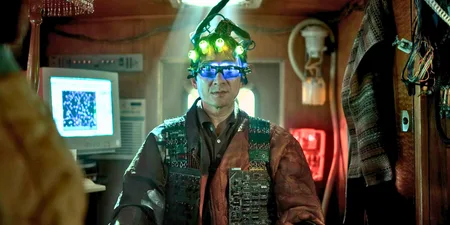No Time To Die has got rave five-star reviews – but is woke Bond really worth seeing?
No Time To Die is Daniel Craig’s last turn in the suave dinner jacket, and he’ll go down as the actor who made Bond woke – talking more about his feelings than feeling frisky, he’s the vulnerable Bond, who has given a flavour of the character’s past life as an orphan, and his more recent trauma.
Originally due to hit the big screen in April 2020, No Time To Die’s release at the other end of the pandemic is symbolic. Critics and cinemas are hoping the blockbuster will save cinemas, which have been sidelined by streaming services.
But other debates have questioned whether the franchise is relevant or at worst, obscene. No Time To Die’s director Cary Fukunaga recently called Bond a ‘rapist’, telling the Hollywood Reporter: “Basically Sean Connery’s character rapes a woman… She’s like ‘No, no, no,’ and he’s like, ‘Yes, yes, yes.’ That wouldn’t fly today.”
So, is Bond woke in 2021? Has the spy, written during the 1950s and 1960s, been properly engineered to fit into a modern world of equality, or is he still a sexist old dog with a penchant for pounding the martinis?
First up, No Time To Die is about family and relationships, rather than, you know, guns and violence…
The 25th installment of Bond picks up from where Spectre and Skyfall left off by focussing on Bond’s relationships. Dr Madeleine Swann returns, played brilliantly by Lea Seydoux, the French psychologist and daughter of a member of Spectre, the international criminal organisation.
We’re keeping this spoiler-free, but Dr Swann gives Bond a greater sense of purpose to get out of the tough fight scenes alive than we’ve ever seen before. As a result, 007’s death-defying escapes end up feeling more relatable, as he’s got more reasons to escape the adrenaline-laced action scenes than to just look after his own back.
So has Bond gone soft? What about the bad guys?
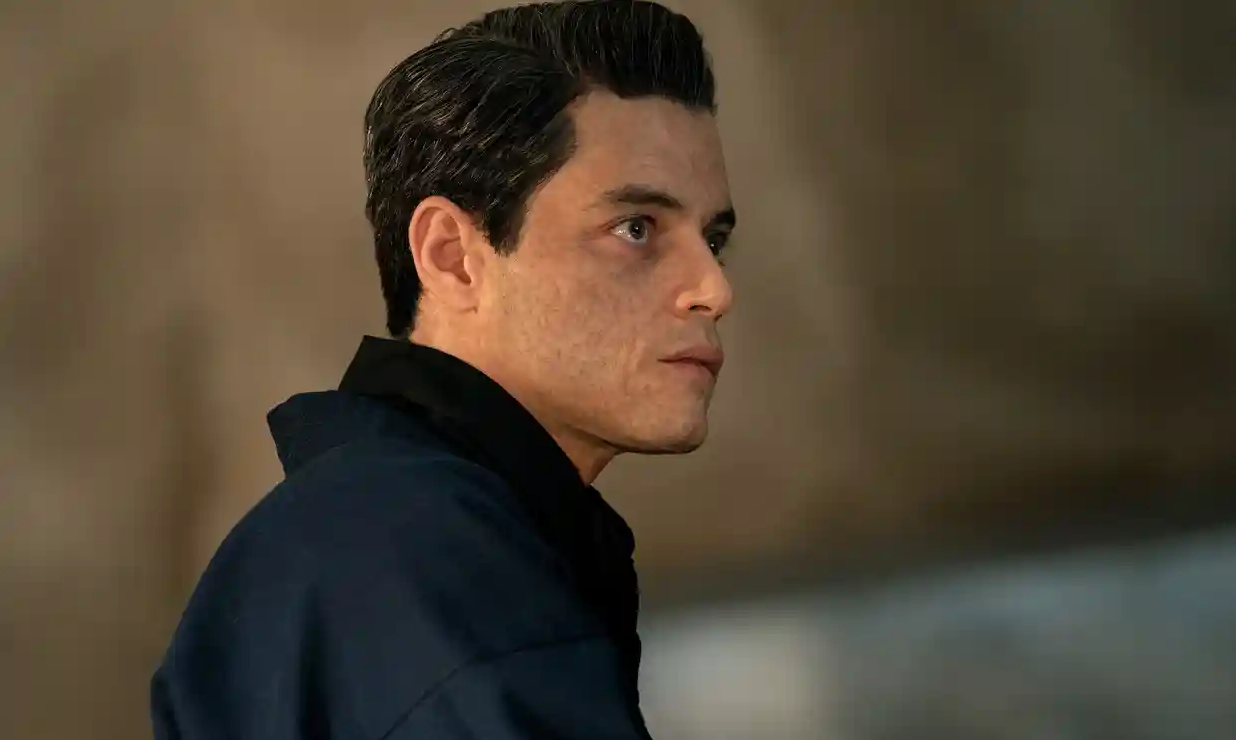
Bond’s nemesis, Lyutsider Safin, who’s given a deliciously creepy drawl by Bohemian Rhapsody star Rami Malek, is dealing with as much past trauma as Bond is – and he isn’t afraid to talk about it. “We are both poisoned with heartbreak,” he confesses in a final scene. He’s not the only Bond villain to expose himself emotionally in No Time To Die, there’s another by the name of Blofeld, who also gets all relatable – you might have heard of him.
Different, then, to the tropes we expect from Bond villains from the past like Goldfinger, Scaramanga, or even Javier Bardem’s Silva in Skyfall, who rely more on bravado and weaponry.
But it turns out being macho isn’t half as thrilling as emotional vulnerability, as the villains – and their encounters with Bond – account for some of the greatest moments in No Time To Die. Two-dimensional baddies used to brandish threats, but these days they seem to be getting catharsis out of therapising their lives with Bond – they may still want to kill him, but at least they’re open about why.
So Bond’s a changed 21st-century man?
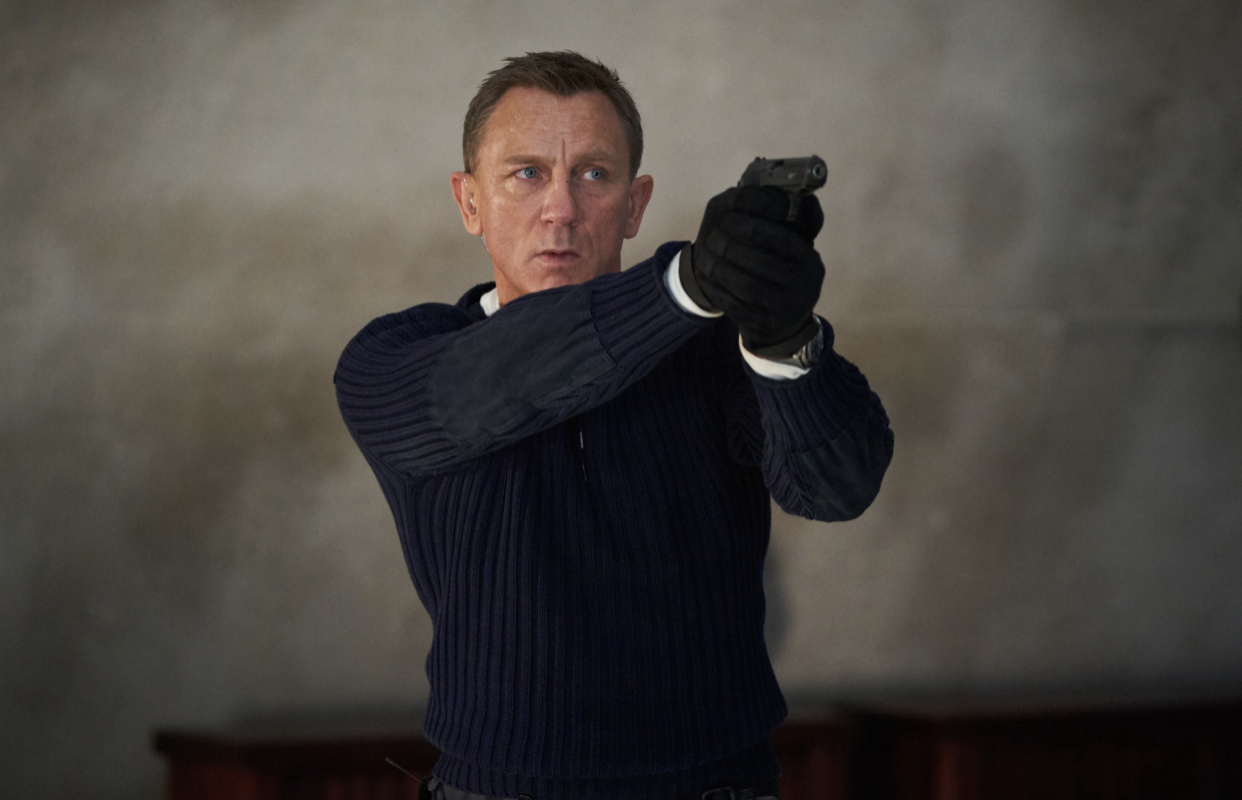
Not quite… there’s still one uncomfortable moment where Bond acts with his muscle rather than his mind, grabbing Madeleine and barking in her face, lightly throwing her to one side. They’ll probably get away with this one, but it doesn’t go unnoticed.
How about in other ways, is 007 still knocking back the martinis, for instance?
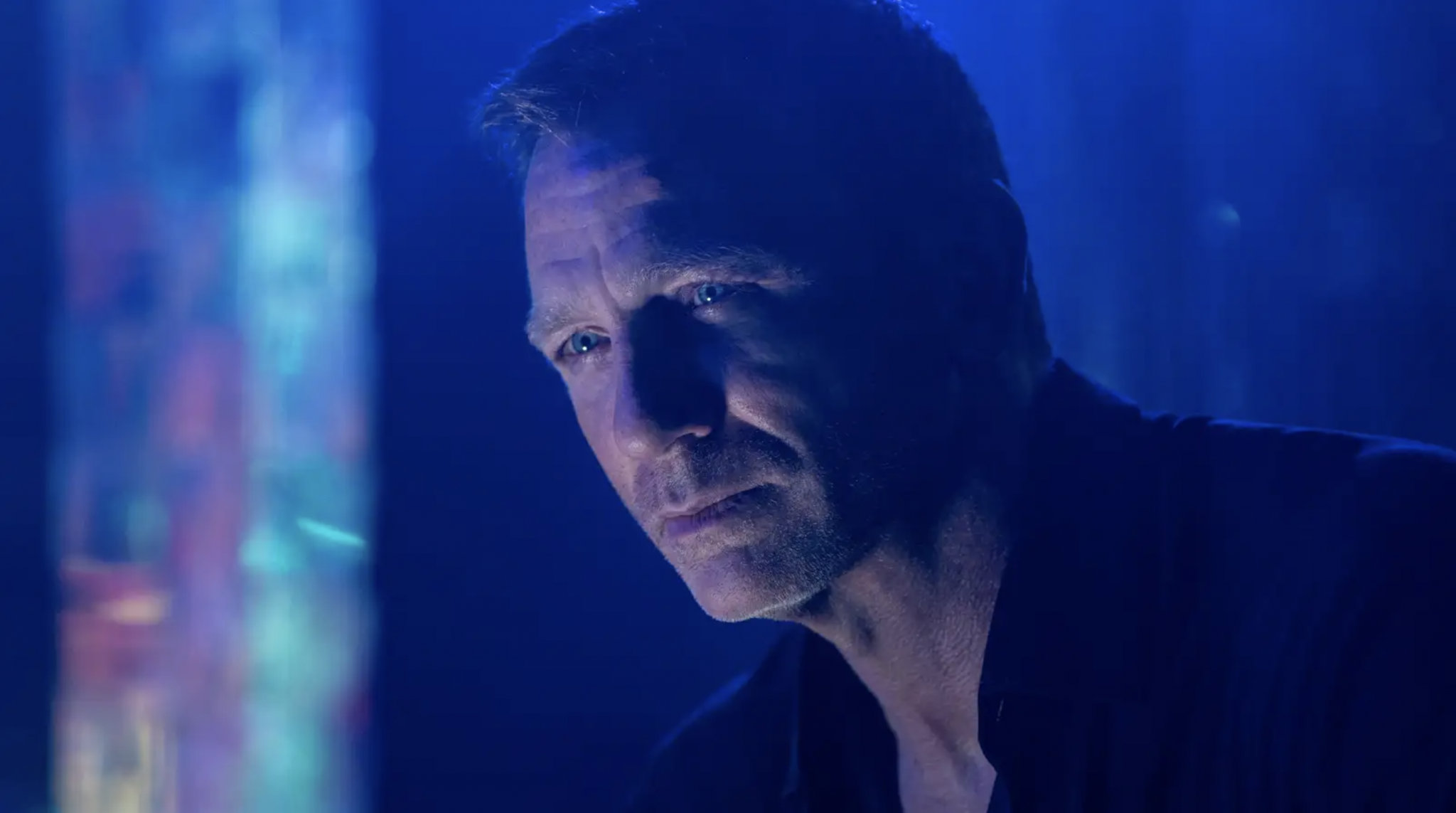
Oh yes. And while we’re at it, one thing that hasn’t changed is the vibe at MI6 Headquarters. M, excellently played as ever by Ralph Fiennes, is still pounding the scotches from one of those posh glass decanters. He channels Churchill, wandering around a room decorated with dark wood coffered paneling which hasn’t changed since the films from the 1960s. Neither has Bond’s drinking. Some things never do.
What’s the deal with Lashana Lynch – the first Black female 007? That sounds pretty progressive…
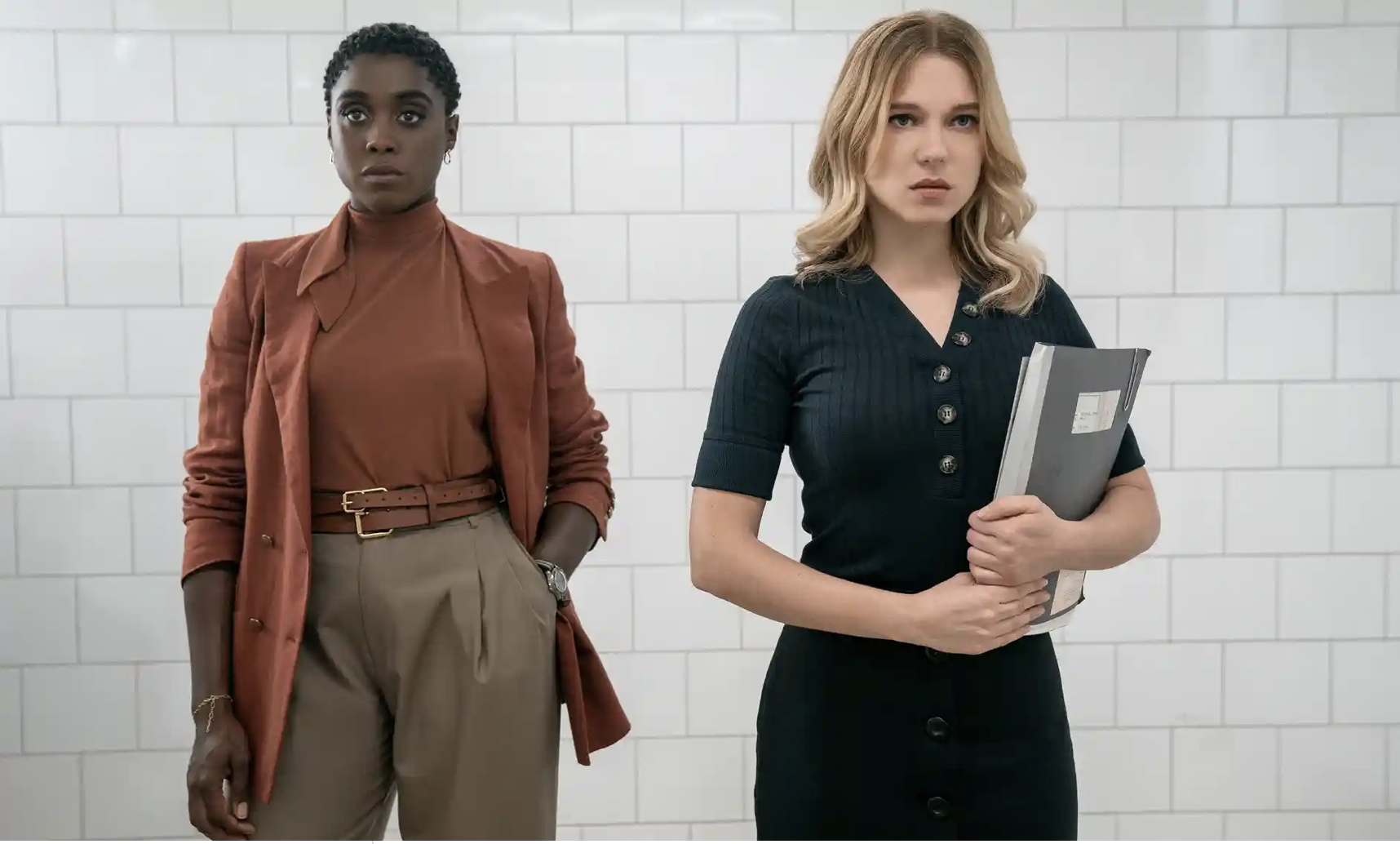 as as Paloma
as as PalomaLynch plays Nomi, a new agent at MI6 who’s become as respected as the now-retired Bond was in a much shorter time. She’s primarily there to test Bond’s ego. We won’t give too much away, but Bond doesn’t complain when he’s reinstated with a central part of his professional identity that was formerly hers. But as Bond girls go, she is thoroughly modern because she, well, we won’t ruin things – but let’s just say their relationship avoids the typical pitfalls of a Bond girl and a Bond.
How else has the latest addition to the franchise tried to keep up with GenZ?
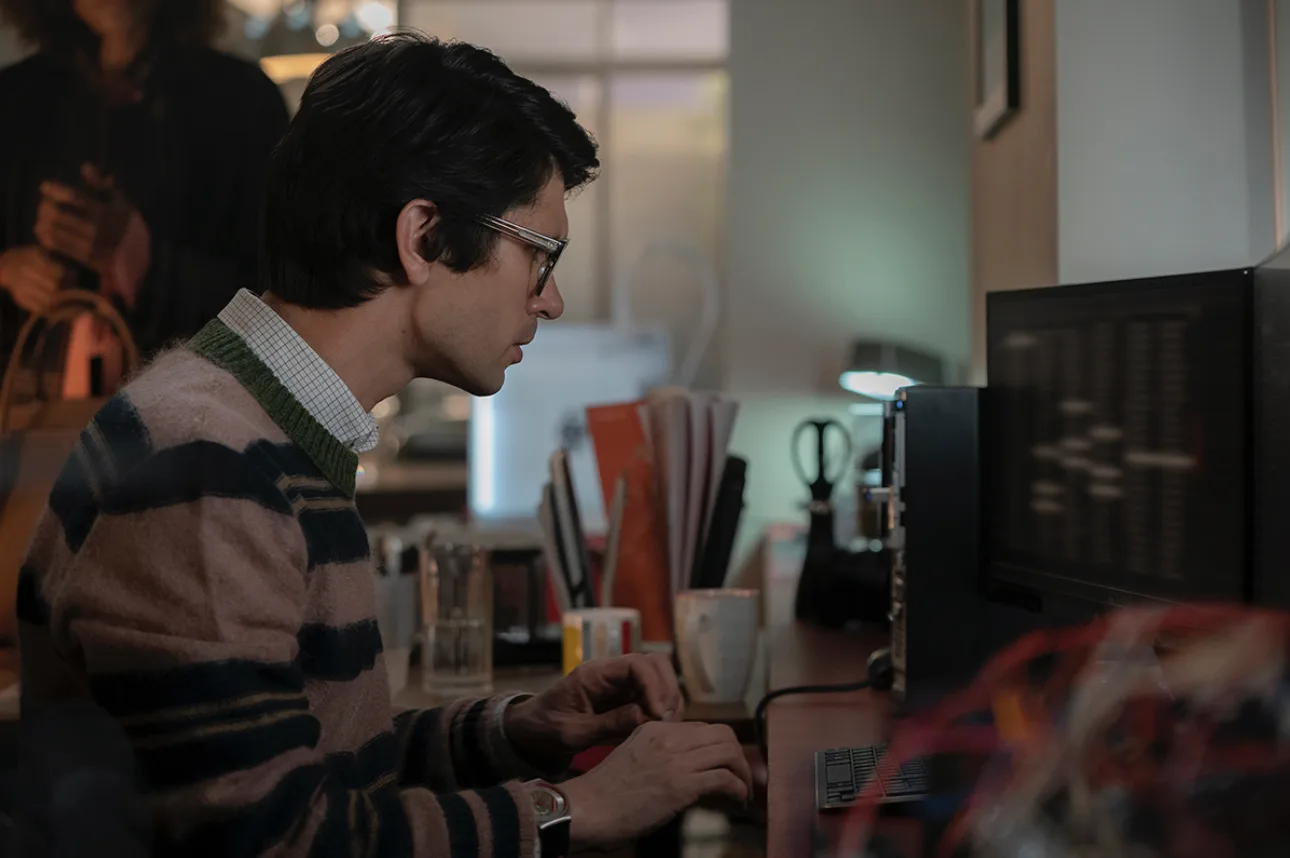
Well, the film’s got a few moments that are deliciously camp, making Bond feel more inclusive than ever. (We know how highly GenZ values making others feel included.) Bond calls M “darling” during one moment of passion, and Ben Whishaw’s Q gets his own moment to shine too. In fact, Whishaw takes Q from novelty gadget guy to low-key leading man. His quirky one-liners and alternative takes on fashion give No Time To Die some essential, and altogether fresh, moments of respite.
So, are we glad Bond hasn’t been cancelled yet?
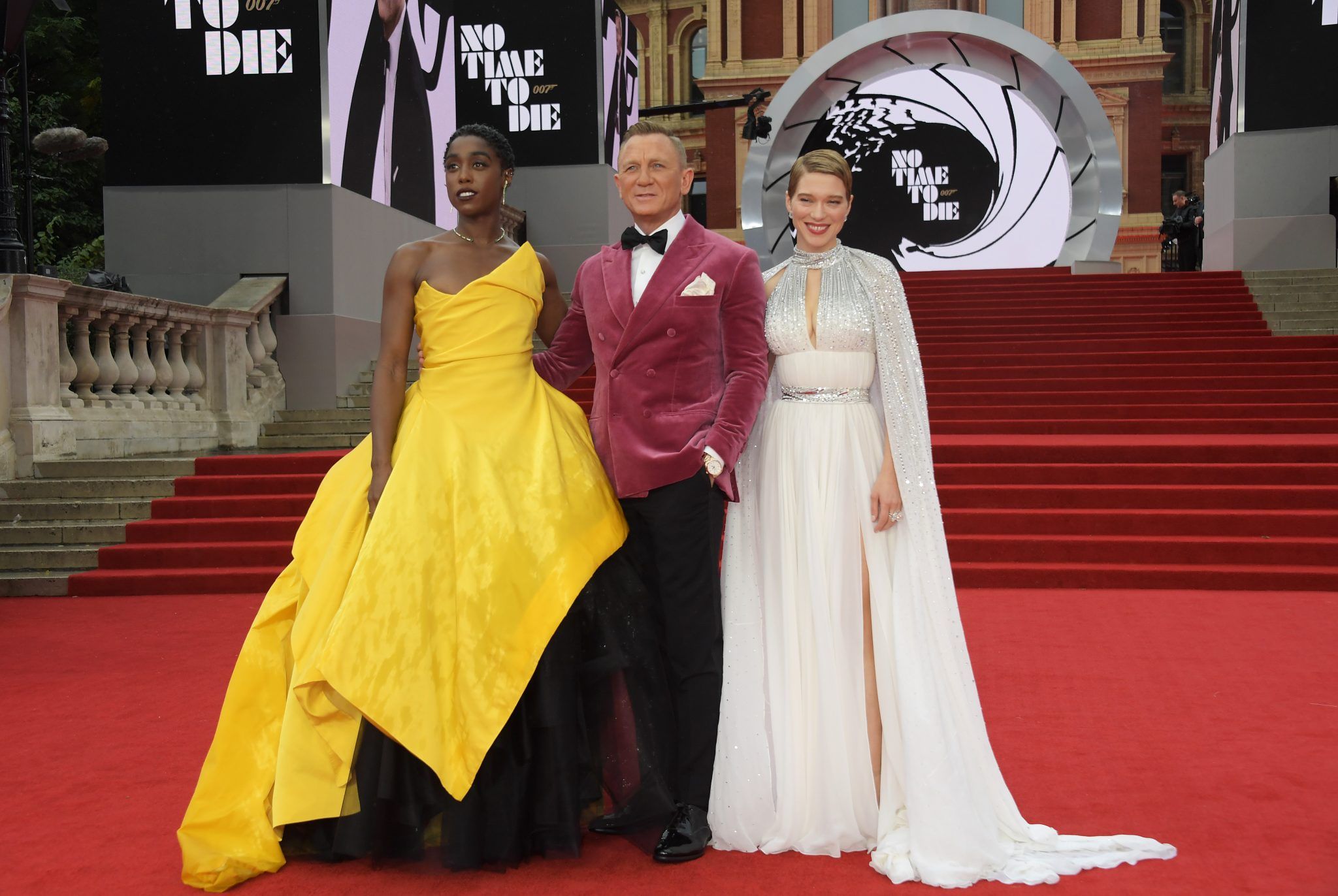
100%! The film’s three-hour run time feels way less than it actually is, which is always a good sign.
No Time To Die will be remembered for its balance of emotion and traditional Bond action, which pair together well, like an olive with a vodka martini. Really, this is all about the characters, in particular Daniel Craig’s Bond, who has kept 007 relevant beyond Fleming’s outdated writing.
Bond’s caught up with the attitudes of today – and we have to say, we’re here for it.
No Time To Die is released in cinemas from Thursday 30 September
Related links:
No Time To Die: ‘Magnificent’ new Bond film gets rave reviews
James Bond ‘was a rapist,’ says new film’s director
Daniel Craig says goodbye to Bond in emotional farewell speech















